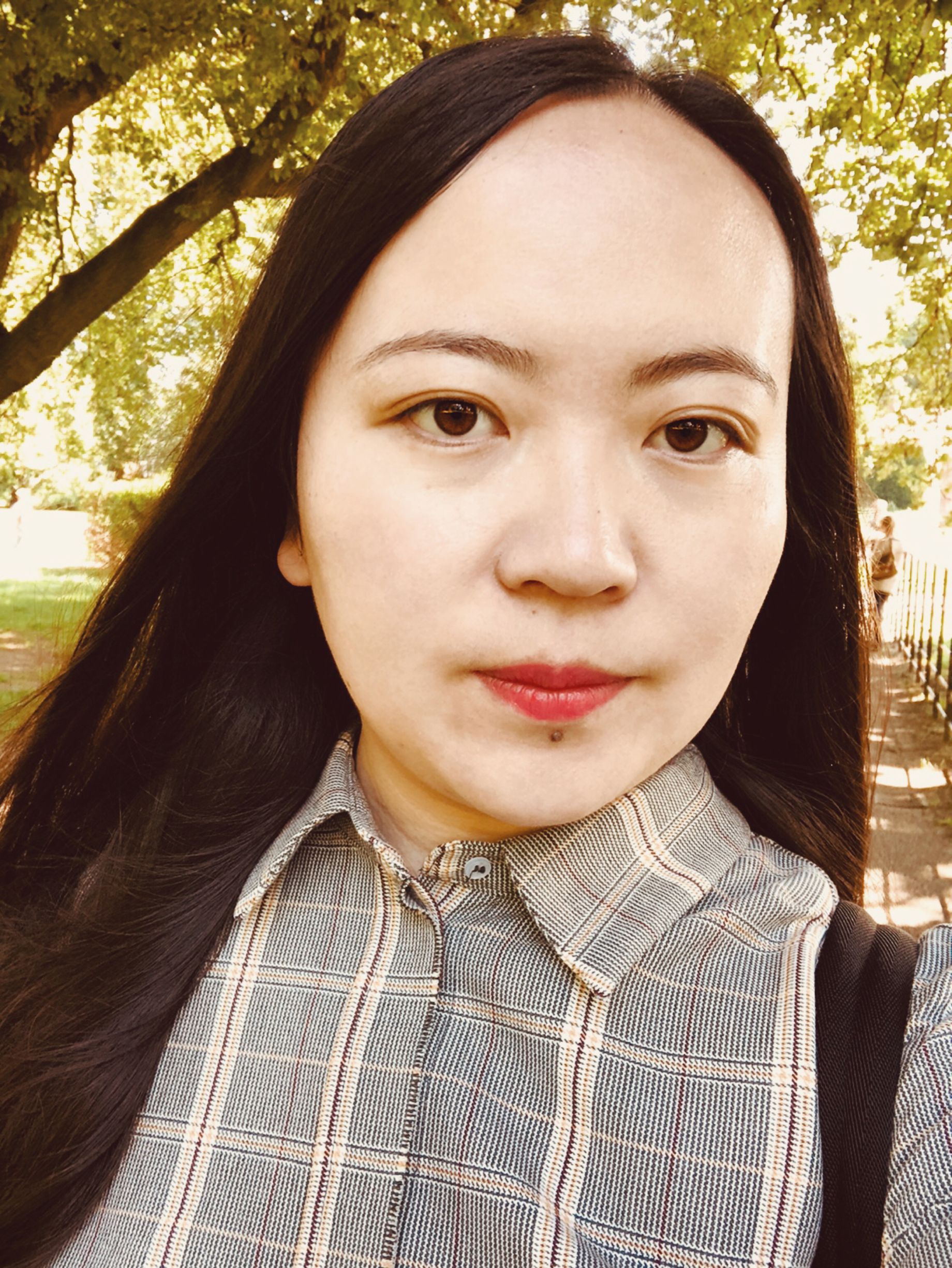Photographing Bodies of Non-Han in the South-West of China in the 1930s and 1940s: Anthropometry, Museum Collections and Gender
From around 1900 onwards, photography, a new visual medium and technology introduced from the West, began to replace Miao albums, a long-established genre of ethnographic illustrations depicting the ethnic minorities in the south-west borderlands. As China modernised, photography became a more popular and ‘trusted’ medium of representing ethnic minorities. In the 1930s and 1940s, in particular during the second Sino-Japanese war, a large number of photographs of non-Han in the south-west borderlands were produced by Chinese anthropologists and amateurs. Taking global, transnational and interdisciplinary approaches, this project investigates the representation of the bodies of non-Han in photography. In the light of traditional visual materials, it reveals new styles and characteristics, influenced by Western technology, anthropology and museology, in representing the bodies of non-Han; it explores the ‘mental image’, or visual grammar, embedded in the photography and asks how scientific and visual realities of ethnicity were recreated, popularised and imagined through political and gendered discourses. It is very significant to bring the case of China’s ethnographic photography to the current scholarship on anthropology and photography, as a challenge to the homogenised, simplified and universalised tendencies of Foucault-inspired colonial interpreting framework. Casting new and intriguing light on the visual rhetorics of Republican-era photography, and their entanglement in political power and a spectrum of gendered discourse, this project examines the visual order of human variation in Republican-era China and highlights the bio-politics of racial theories, and the localisation and dynamics of image reproduction in different cultural systems.


